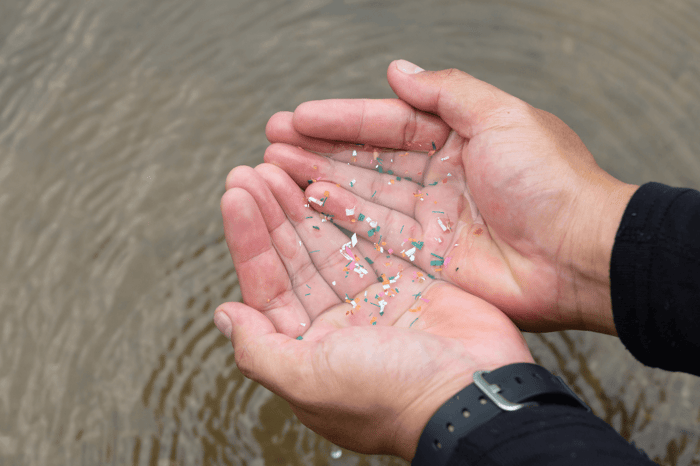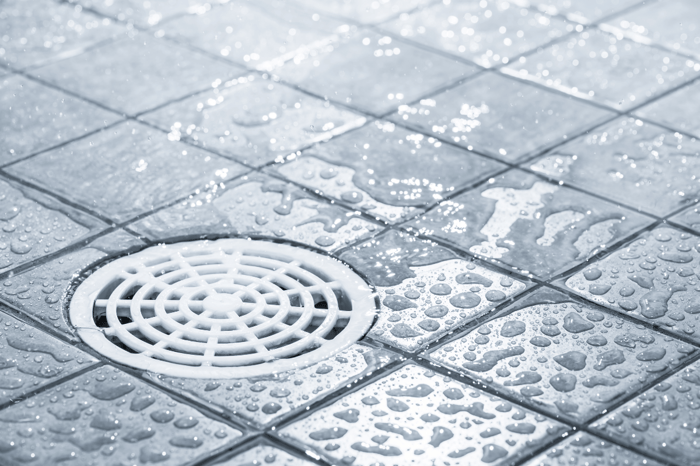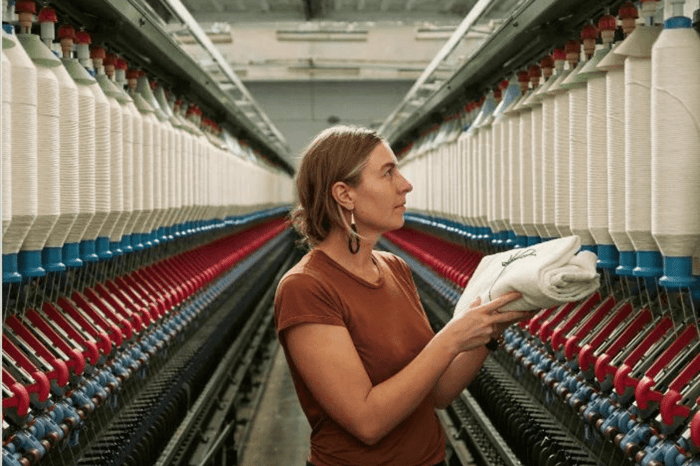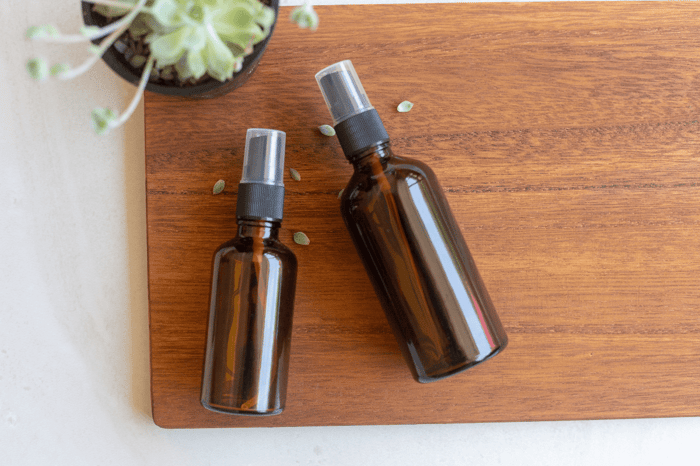
What are microplastics and how they are harming us
We know it’s better for us to reduce our plastic use whenever and however we can. This not only applies to reducing our plastic waste - using a reusable water bottle, not using plastic straws, ditching the plastic wrap to cover food, etc. This isn’t just to reduce waste, but also to reduce the amount of microplastics that are ending up in our waterways, our food and more.
According to National Geographic, microplastics are tiny plastic particles that result from both commercial product development and the breakdown of larger plastics. As a pollutant, microplastics can be harmful to the environment and animal health. These tiny plastic particles include microfibers that shed from our clothing, microfiber towels and other fabrics. And then of course there are also microplastics that come from the breakdown of larger plastic items – bottles, silverware, etc. Just like large pieces of plastic that don’t breakdown easily (literally talking hundreds or thousands of years), these microplastic pieces take just as long! Think about this – the very first large pieces of plastic ever made are still somewhere on our planet.
Poison Control states that microplastics can absorb unwanted and undesirable chemicals including heavy metals, PCBs and pesticides. Yuck!
When it comes to cleaning, we tend to steer clear of microfiber cloths. As you wash them, they break down and those microplastics end up in the washing machine water, which ultimately leads to local waterways. And because we know the microplastics can absorb undesirable chemicals, those are ultimately ending up in local water as well.
Instead, we recommend reusable paper towels from brands like Rosemary’s or even make your own!
The truth is, we are consuming plastic every day and it’s impacting us more than we are aware of. While we can’t avoid or control these microplastics, we can lessen our load by reducing plastic use.






